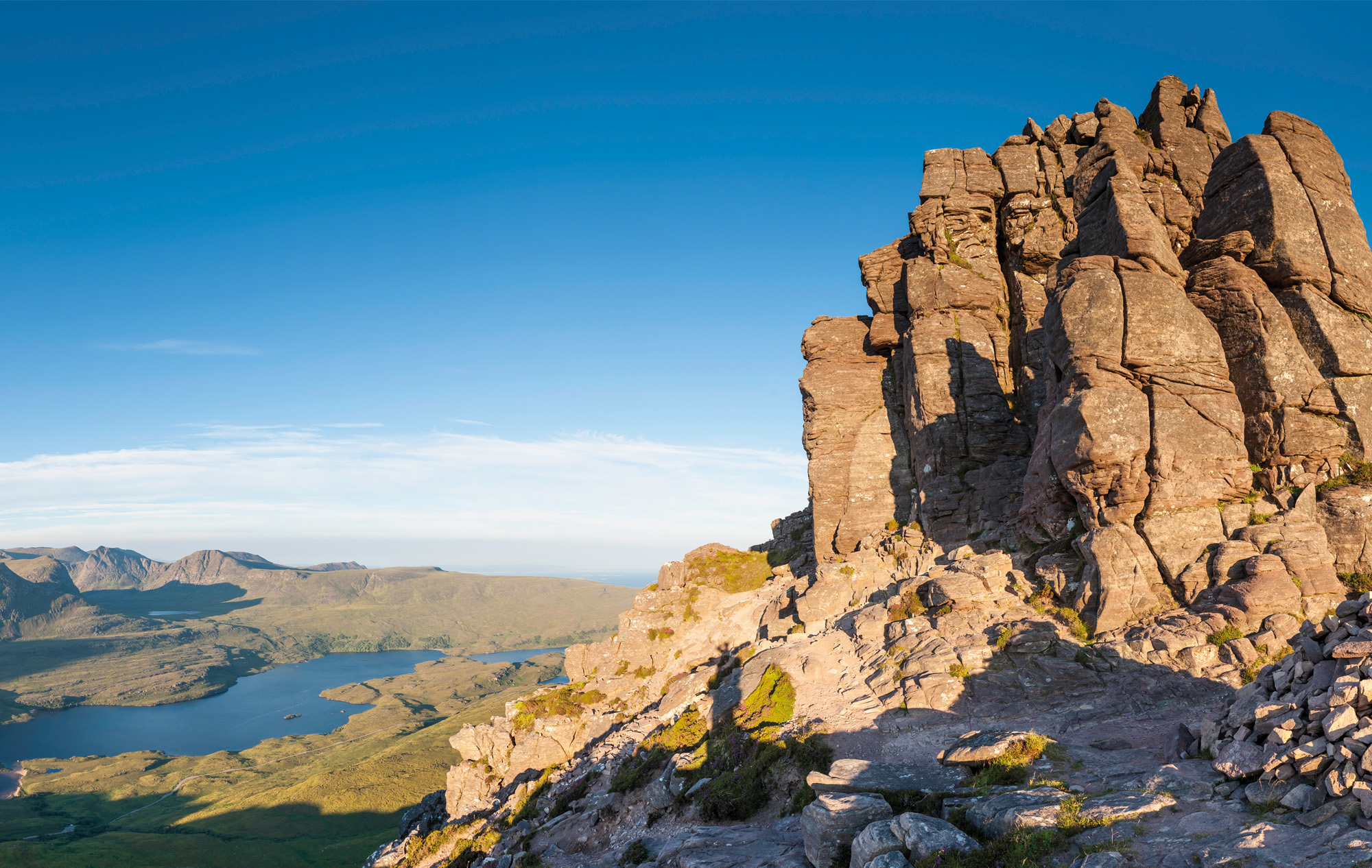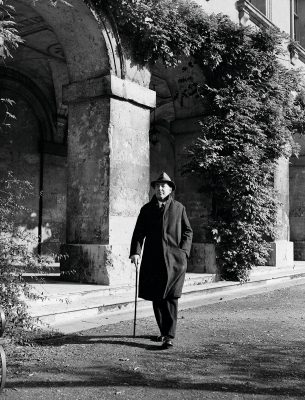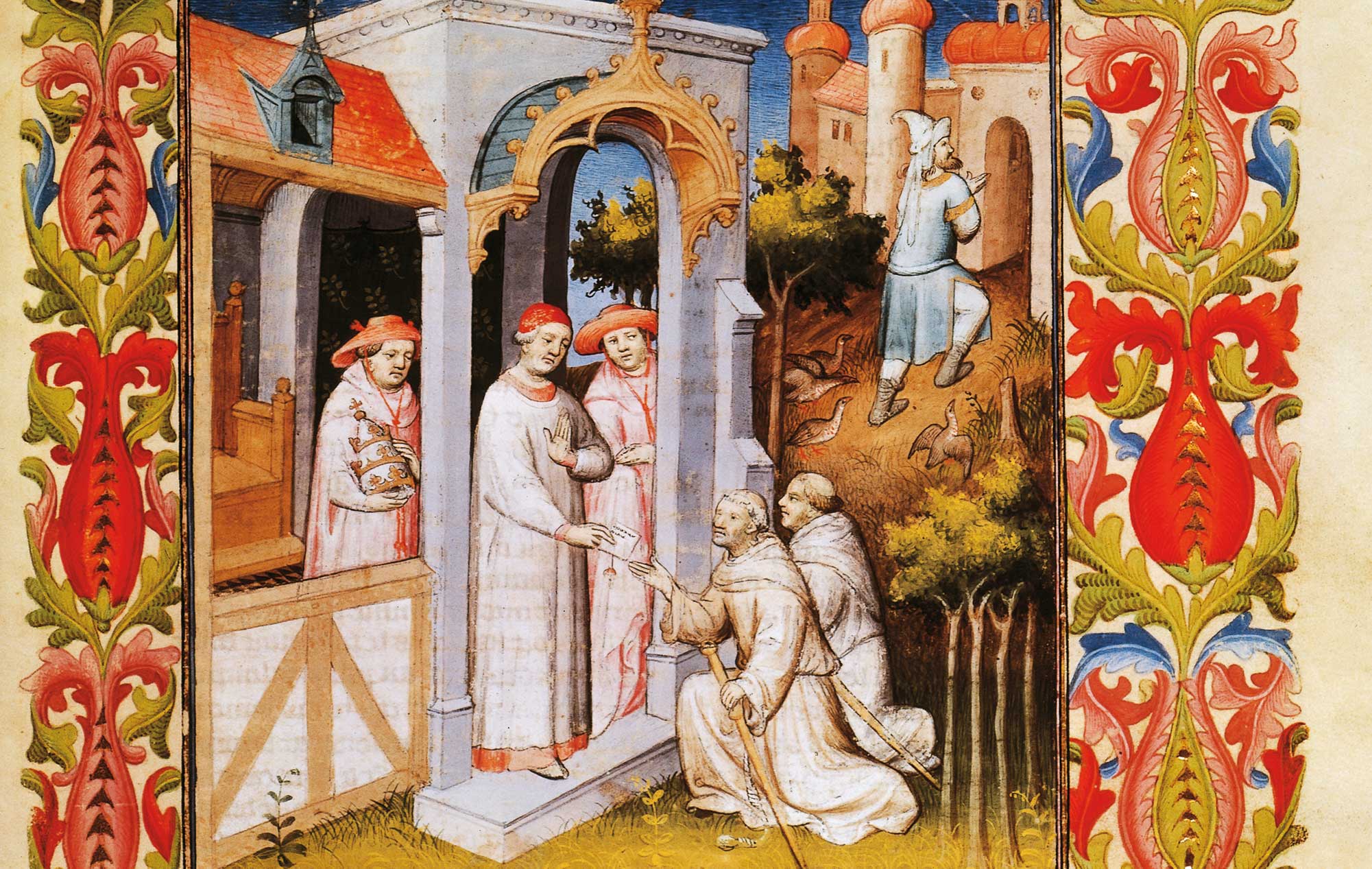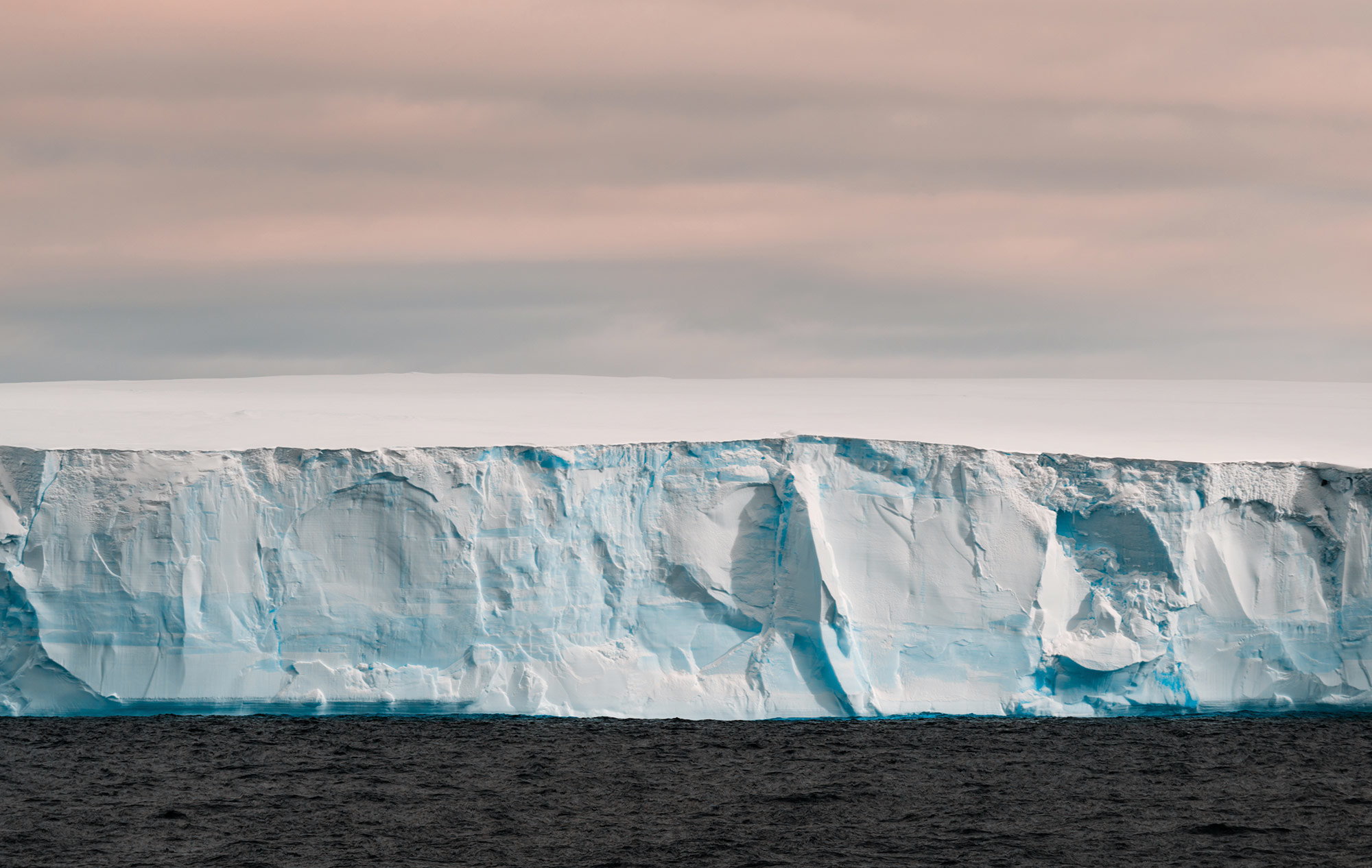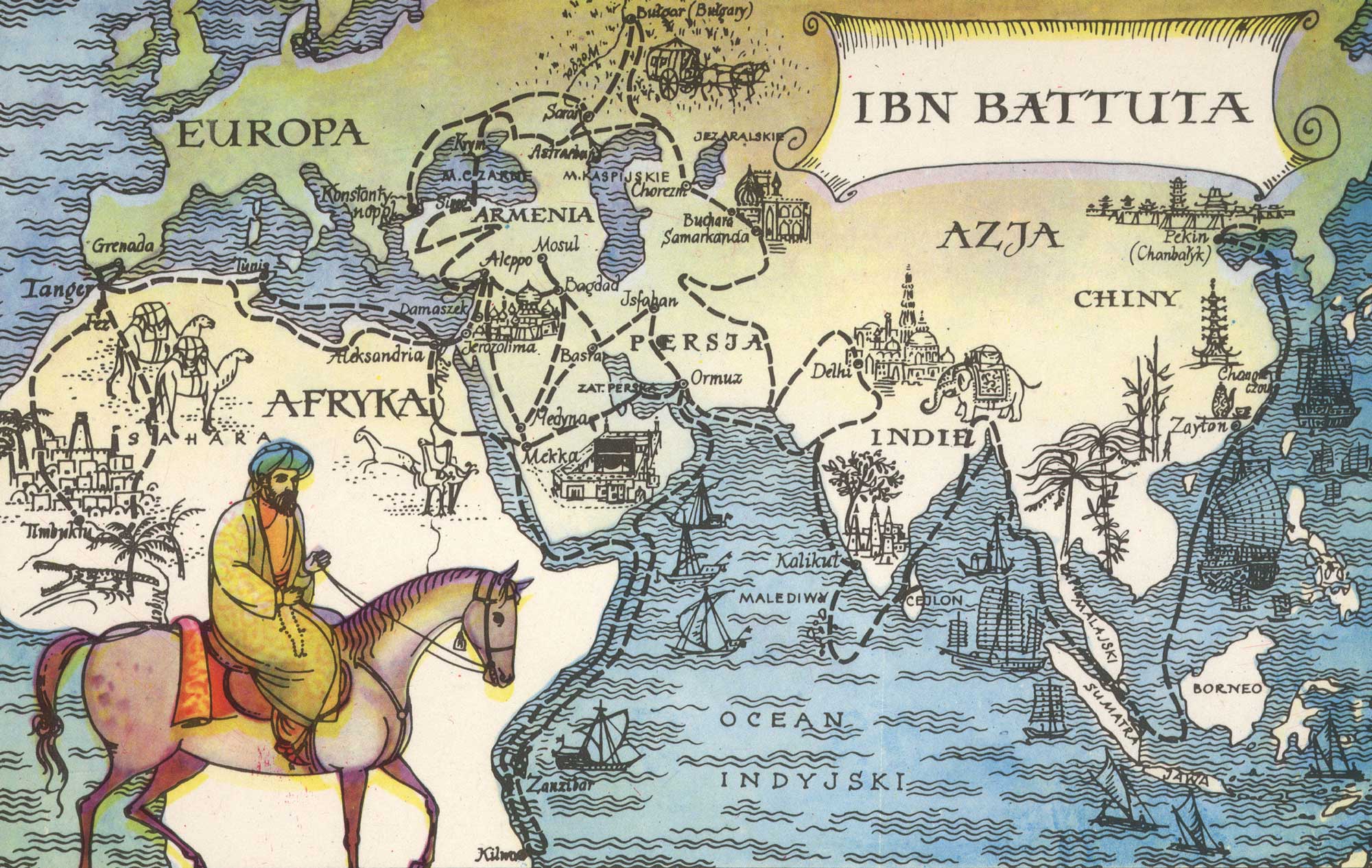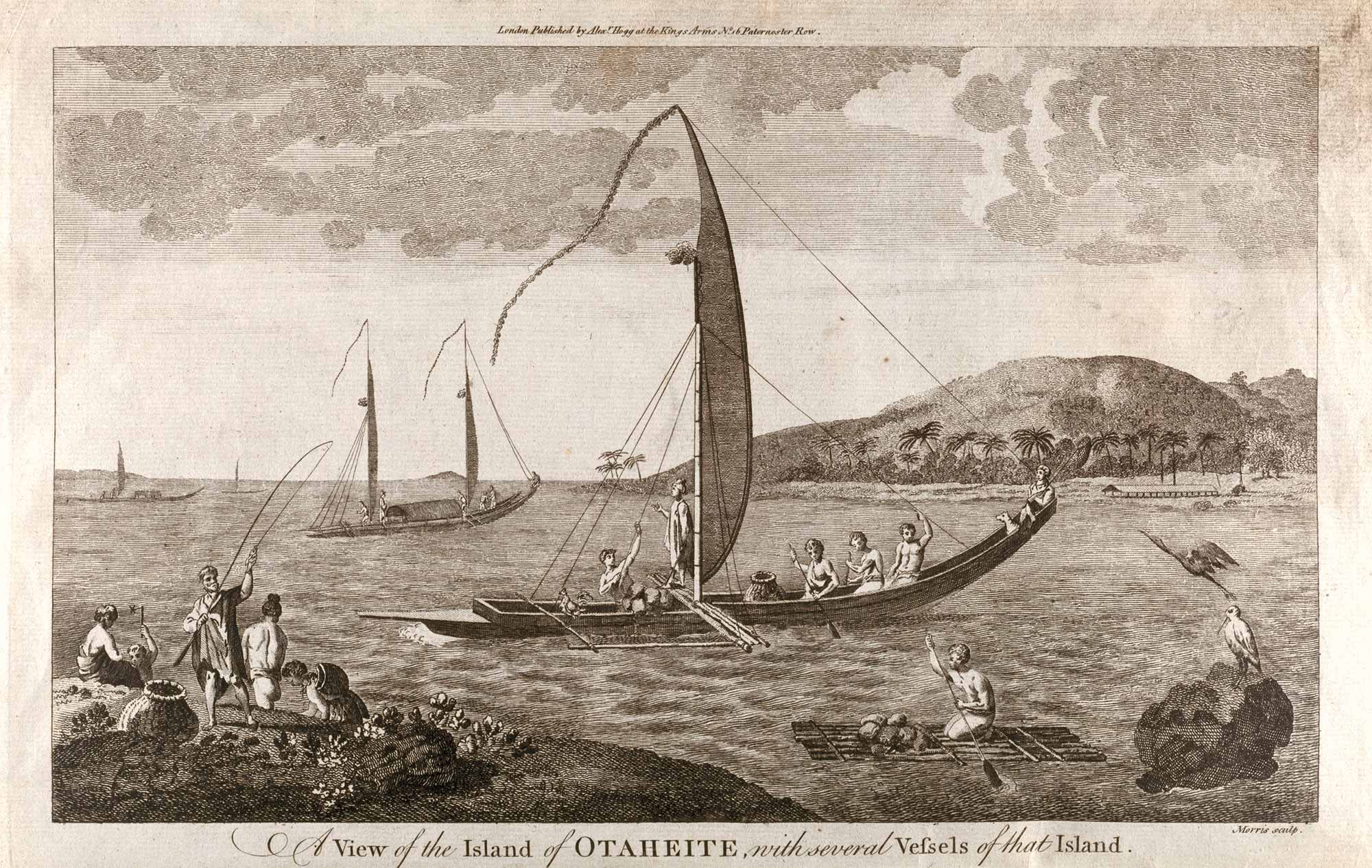It is Oxford, sometime between the two World Wars. We are about to set out on a walking tour with two friends: both dons, one a medievalist, the other an expert on Anglo-Saxon, Norse and Celtic languages. On the journey west through the heart of England they will drink beer, smoke their pipes, debate theology – both are muscular Christians – and tell stories about elves and goblins, dragons and giants.
Those walking holidays will sow the seeds for two of the greatest 20th century works of modern fantasy. One of the dons, JRR Tolkien, will write The Hobbit and The Lord of the Rings. The other, the medievalist CS Lewis, will write The Chronicles of Narnia.
But we can’t accompany both. When you’re a young reader, you must choose between Tolkien and Lewis. I was always a son of Narnia, not a subject of Middle Earth. So let’s set off with its creator and find that magical land of witches, princes and talking animals.
If you see the adjective ‘Narnian’ these days, it’ll probably be next to a picture of snow, pine trees and an old-fashioned lamppost. That’s because the scene at the start of Lewis’ first Narnia novel, The Lion, the Witch and the Wardrobe, sees a little girl, Lucy, walk through the back of a wardrobe into a land of eternal winter.
No wonder. It’s one of the most memorable scenes in children’s literature. But the enchantment doesn’t last the course of that novel and you have six and a half more books where there’s hardly a flake of snow at all (apart from a rambunctious scene at the end of The Silver Chair).
Don’t bother looking at the locations of the recent Narnia films. They were shot in places like New Zealand and the Czech Republic, and if you ask this writer, for all their filmic gimmickry, they managed to lose the essential magic of the original stories.
Instead, step out on a fine English day and explore these places with the original stories tucked in your backpack.
Let’s start with the fabled castle of Cair Paravel, where the Narnian kings and queens reside, best encountered at the end of TLTWATW and (in ruins) at the beginning of Prince Caspian. The Old English spelling is a clue: head to the far west, to the ruins of Tintagel Castle near Padstow in Cornwall.
Narnia is a place of woods and streams, cottages and gentle hills. We are in the land of those walking tours. I would choose a route that takes in the mellow West Midland counties of Worcestershire, Shropshire and Herefordshire. Further west, you cross into the wilder mountain kingdom of Wales. In Lewis’ prose (and the wonderful illustrations of Pauline Baynes), Wales is recognisable as the little kingdom of Archenland on Narnia’s border, which you’ll discover at the end of The Horse and His Boy.
In that book, the hero and his horse cross into Archenland over a desert from a city very like ancient Baghdad or Babylon. It’s the kind of geographic liberty you can take when you’re writing a children’s story. Lewis – who rarely ventured overseas – did his travelling through reading. But what a reader he was. When I first got to experience the great Islamic capitals for myself, it was Tashbaan, Lewis’ city of viziers and gardens, street-sellers and palaces, that was in my mind.
In The Voyage of the Dawn Treader, Lewis’ reimagining of The Odyssey, we first land in The Lone Islands, sunny, quasi-independent islands beyond Narnia. They’re easy to find in the tiny group of Channel Islands between England and France. Start at St Peter Port, the capital of Guernsey.
The filmmakers will give New Zealand another tourism boost when they get around to making The Silver Chair. Lewis, of course, knew nothing of a land so far from his own experience. This tale of a journey through marshlands and mountains where giants dwell is best experienced in the Scottish Highlands – especially the western region of Assynt. As there is nowhere else like it on Earth, it stands in very well for a fantasy world so many children, like me, dreamt of one day exploring.



